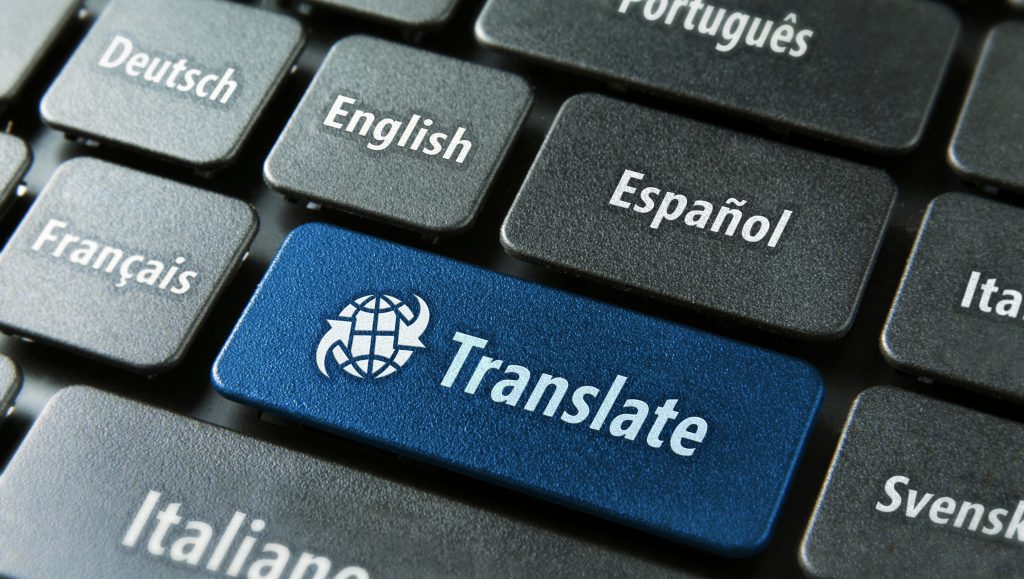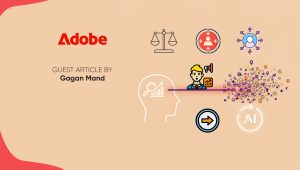 Tech giants are doubling down on machine translation. Here’s how other internationally-minded companies can use recent advances in artificial intelligence and machine translation to their own advantage
Tech giants are doubling down on machine translation. Here’s how other internationally-minded companies can use recent advances in artificial intelligence and machine translation to their own advantage
What do Google, Microsoft, Facebook, and Amazon all have in common? For starters, they have big, global customer bases and do business in many different languages. Their websites easily change from one language or dialect to another, allowing customers to instantly find the information they seek and make purchasing decisions in the language of their choice.
How do they do it? Google, Microsoft, Facebook, and Amazon all use machine translation to power their successful empires. And knowing how key it is to their continued success, they’re all investing heavily in machine translation technologies.
As a bonus, this can help improve the technologies for others too.
Machine translation isn’t just the province of the big guys now. Smaller companies who work internationally, and their marketing teams, can absolutely use the recent advances in artificial intelligence and machine translation technology to their own advantage.
Machine Translation Takes a Giant Leap Forward, But Still Needs Supervision
Humans are smart, but machines are catching up. Artificial intelligence is being devoted to a range of intellectual tasks, such as performing scientific experiments, making medical diagnoses, composing music, driving cars and translating foreign languages. Machine translation is just one of artificial intelligence’s many applications.
Previously the butt of easy jokes, machine translation has come a long way very quickly – most recently with neural networks. Readers used to be able to immediately point out the products of machine translation, but that’s not as easy to do these days, especially when the output is then edited by humans.
Today, the most advanced machine translation engines are lightning fast, more accurate than ever and constantly improving. Last year Microsoft demonstrated how they could translate Tolstoy’s 1,440-page novel War and Peace from Russian into English in 2.5 seconds with just four computers.
A recent white paper from Deloitte, while focused on government use, makes a strong case for how artificial intelligence and machine translation can drastically reduce costs and improve productivity through four approaches: relieving, splitting up, replacing and augmenting. In their examples, relieving could be taking translators off of lower-level work and assigning them to more advanced-level translation, splitting up could be having translators edit machine translation output, replacing could be using machine translation for what a human translator used to translate and augmenting could be the addition of automated translation tools to help make a human translator more efficient.
Yet, the danger of much improved machine translation is that it might be so good that it’s hard to tell how bad it is. For when it’s wrong, it’s really wrong.
The way to make sure that machine translation doesn’t come back and bite a company in the public relations department is to have it reviewed very carefully by human post-editors.
Post-editing is a type of editing performed by trained linguists on machine translation output. The goal is to improve the quality of the machine translation and provide readers with a higher quality experience – for a fraction of the cost of normal human translation.
Noted translation expert Jost Zetzsche thinks that machine translation using neural networks actually makes it harder to spot errors than statistically based machine translation systems.
However, we think that if you have great linguists who know what they’re doing, then it’s usually better to edit the good stuff. Content analysis by machine translation professionals is required to ensure the desired outcome. That’s where the value of good post editing comes from – so necessary to international business.
Machine Translation Makes Multilingual Websites Go Round
How can a company and its marketing team expand their reach, but still save time and money in the process? It’s an age-old dilemma.
Naturally, companies want to put their products and services into as many customers’ hands as possible; yet, only having information available in English is a relic of the past. Not everyone speaks English and even among those who do, not everyone wants to shop in a foreign language. Customers want access to information in their own language and expect to make purchases that way too. Luckily, it’s easier than ever to provide, even if you’re not Amazon or Google.
Machine translation is a cost-effective way to begin or expand an organization’s translation program. It can make any website multilingual and more comfortable for international customers to use, and post-editing will keep companies out of trouble.
But first, the marketing team will need a plan and some content.
Creating a Machine Translation Plan
A great multilingual website is not created by accident. Here are a few important points to consider when formulating a machine translation plan:
- Languages. Which languages or dialects do customers speak?
- How many languages. Which languages or dialects should be chosen for inclusion? For example, Microsoft’s homepage currently comes in 96 options. However, chances are that most companies don’t need to include that many.
- Speed and accuracy. What kind of speed and accuracy are required here? Machine translation by itself is lightning fast, but machine translation combined with postediting produces a better quality, human-like translation.
- Content. What do you want to say to your audience?
Content Guidelines for Machine Translation
Not all writing is ideal for machine translation – yet. To make the most of today’s machine translation, keep these writing tips in mind:
- Always use correct grammar, spelling, and punctuation.
- Use simple sentences, if possible. Sentences with 5 to 20 words are easiest to translate.
- Write clearly. Avoid ambiguous words and phrases.
- Avoid slang.
In fact, human translators would appreciate it if you followed these content writing guidelines too.
More Multilingual Websites
Look around you. Machine translation and post-editing are ideal for powering today’s websites. But now any company, and their marketing team, can translate like a tech giant – providing international customers with the information they need to make the right purchasing decisions in their own language.


















